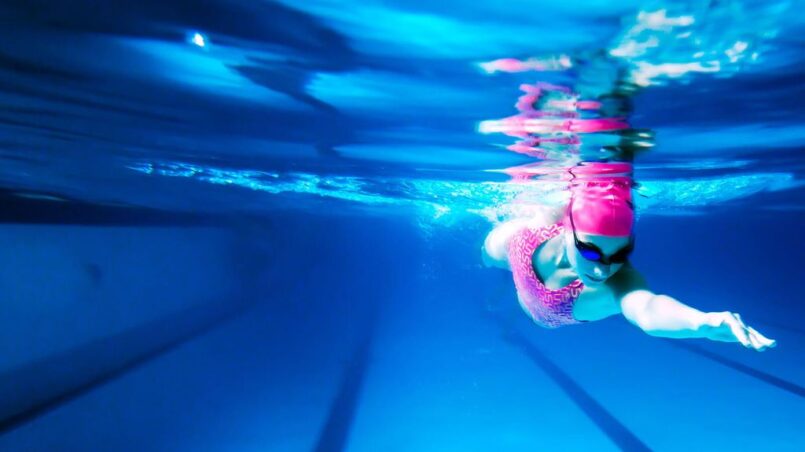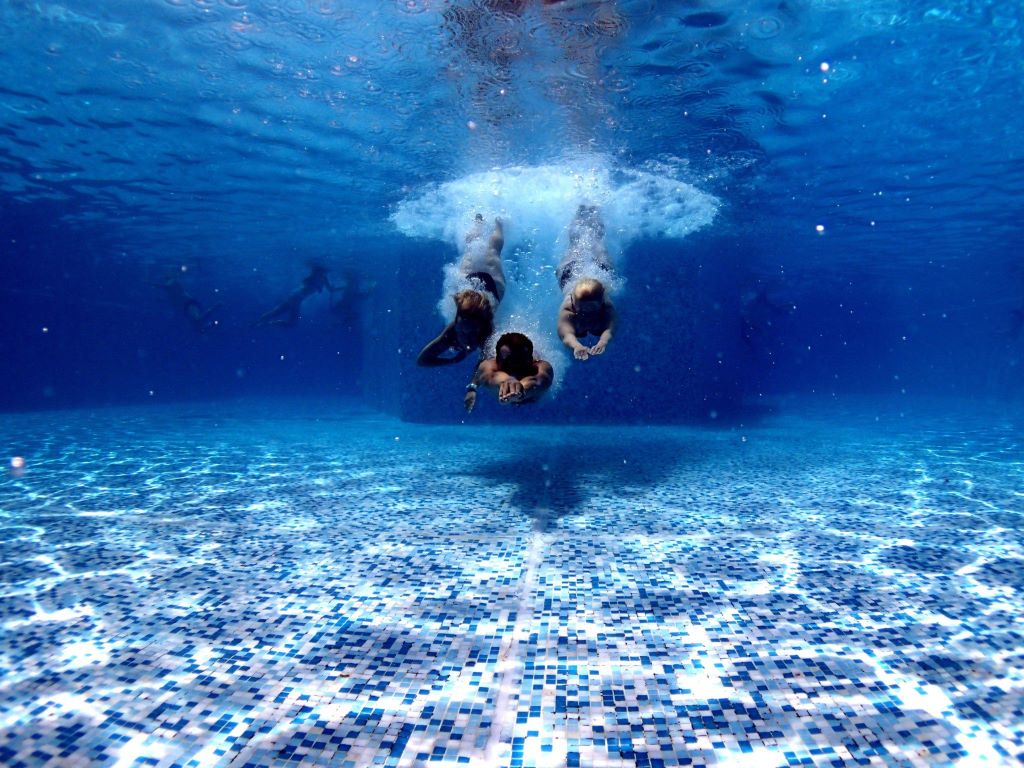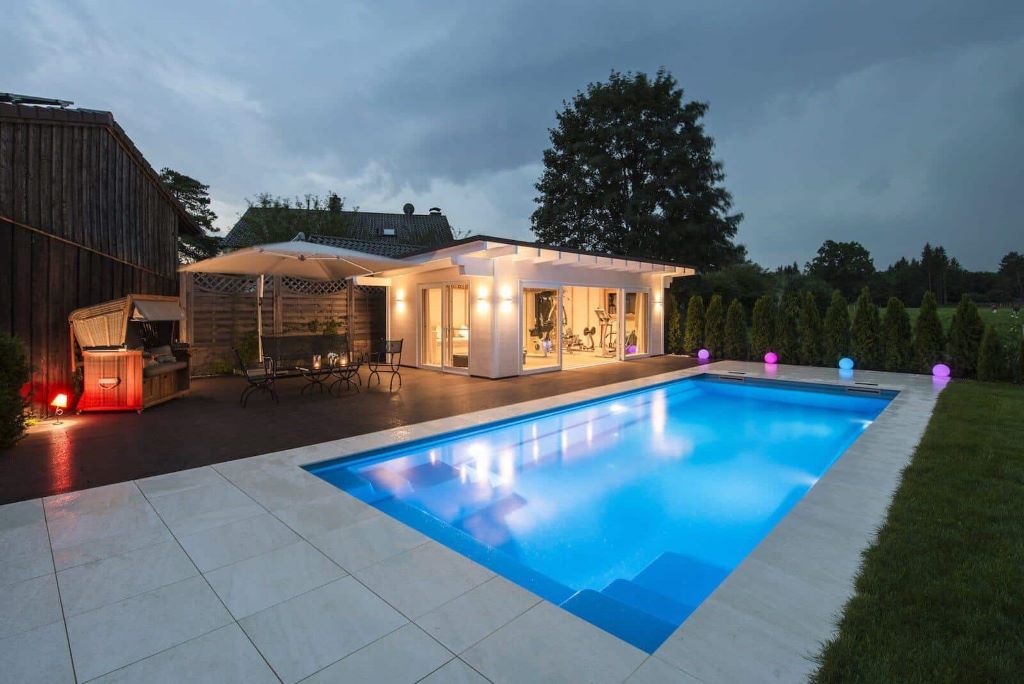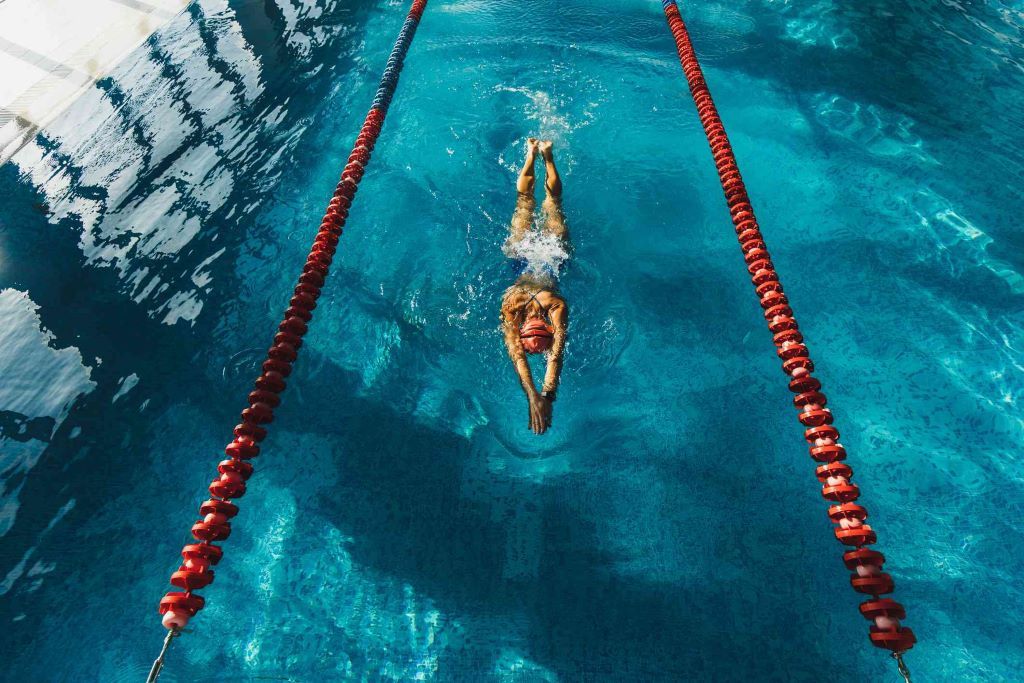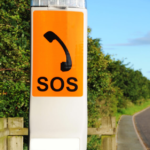Shocking your pool is an essential part of pool maintenance. It helps remove contaminants and keeps your pool sparkling clean. But what about getting back in for a swim shortly after shocking your pool? Is it safe to take a dip just 12 hours after adding shock chemicals? This comprehensive guide will examine can you swim 12 hours after shocking pool, how long you should really wait before swimming, tips for safely shocking your pool, and what chemicals are involved.
Overview of Pool Shocking
Shocking a pool refers to adding an extra dose of chemicals to sanitize the water. This helps destroy contaminants like bacteria, algae, oils, and chloramines. The most common pool shock chemicals are:
- Chlorine – Sodium hypochlorite or calcium hypochlorite
- Non-Chlorine Shock – Potassium monopersulfate
These chemicals quickly destroy contaminants in the water through oxidation. However, they can dissipate fairly quickly as well. That’s why shocking your pool regularly is so important.
Pool experts typically recommend shocking your pool about once a week during the swim season. Some signs it’s time to shock the water include:
- Cloudy or greenish water
- An earthy or chlorine-like smell
- Algae growth
- Swimmers complaining of itchy skin or eyes after swimming
Shocking the pool more frequently may be necessary if you have heavy bather loads.
Dangers of Swimming Too Soon After Shocking
The chemicals used to shock pools are potent oxidizers. That allows them to work quickly at blasting away contaminants. But it also makes the water potentially irritable or even damaging if you swim too soon after the shock.
Chlorine can cause stinging eyes, itchy skin, and dried out hair if pool water hasn’t diluted adequately after shocking. At very high concentrations, it can even cause breathing issues.
Non-chlorine shock is typically safer for swimmers than chlorine shock. But at extremely high levels, it could potentially lead to some skin or eye irritation.
Additionally, the contaminants destroyed by shocking a pool release nitrogen trichloride and other irritants into the air above the water’s surface as they oxidize. That can cause some temporary breathing irritation.
So how long should you wait after shocking a pool before swimming?
Recommended Waiting Periods After Shocking a Pool
Most pool experts agree you should wait at least 12-24 hours after adding shock chemicals before swimming again. This gives the chemicals time to properly distribute and dilute throughout the water.
12 hours is typically enough time for chlorine shock treatments. A full 24 hours is ideal for non-chlorine shock.
Here are some general guidelines from pool pros:
- Chlorine shock – Wait 12-18 hours
- Non-chlorine shock – Wait 24 hours
- During hot weather – Wait 18-24 hours
- With heavy bather loads – Wait 24 hours
The warmer the temperature, the more quickly pool shock chemicals dissipate. So it’s best to wait longer in hotter weather before swimming after shocking your pool.
Heavier bather loads or pools used frequently for parties may also require longer wait times. More contamination in the water means you need to allow a longer period for the shock treatment to fully circulate.
7 Tips for Safely Shocking Your Pool
Shocking your pool promptly when needed is important. But you also want to take some safety precautions. Here are 7 tips for safely shocking your pool:
- Test water chemistry first – It’s important to test pH, alkalinity, and chlorine levels before shocking. Your pool water should be properly balanced to work effectively with shock chemicals.
- Follow label directions – Carefully measure out the recommended dose of shock based on label directions and your pool’s gallons. Never over-shock your pool.
- Shock at night – It’s best to add shock chemicals in the evening or overnight when swimmers won’t be tempted to hop in too soon after shocking.
- Run the pump & filter – After adding shock, run your filtration system continuously for at least 12-24 hours to circulate the chemicals.
- Prevent chemical inhaling – Avoid breathing in gases by leaving the pool area right after shock. Don’t be shocked on windy days.
- Keep pets & kids away – Make sure children and pets stay completely out of the pool for the full waiting period after you shock the water.
- Retest before swimming – Check your chlorine and pH levels again before allowing anyone back in the pool after shock.
The Role of Chlorine in Shocking Pools
Chlorine is the most common chemical used to shock residential pools. Here’s some information on how it works:
- Sodium hypochlorite is liquid household bleach and the most convenient chlorine shock product. It works quickly and is inexpensive. However, it can lose potency when stored over time.
- Calcium hypochlorite is a concentrated white powder, tablets, or granules that dissolve in water. It has a longer shelf life than liquid chlorine shock. However it can raise pH and calcium levels in pool water over time with repeated use.
- Dichlor is a type of stabilized chlorine. It has a slower dissolution rate than other chlorine shocks and provides a more steady release of sanitizing power.
No matter which chlorine shock product you choose, they all work the same way:
- The chlorine oxidizes organic contaminants, bacteria, algae, and chloramines. This quickly destroys impurities without removing chlorine residuals that continue protecting pool water.
- A strong chlorine smell right after shock is normal and dissipates as the chlorine mixes thoroughly into the water.
- Chlorine shock treatments should bring pool water to between 5-10 ppm chlorine to be effective. Test strips can confirm your levels.
- Chlorine shock chemicals normally dissolve and dissipate fully within 12-18 hours of application. Then you can safely swim again after double checking chlorine levels.
Examining Non-Chlorine Shock Options
Non-chlorine pool shock chemicals are also popular options for maintenance. Here’s an overview:
- Potassium monopersulfate (also called potassium peroxymonosulfate) is the main active ingredient in non-chlorine shock. Brand names like Oxy-Brite and Shock It Clean use this compound.
- It works by oxidizing organic contaminants but does not sanitize water on its own like chlorine does. It still requires chlorine in the pool water to work effectively.
- Non-chlorine shock is preferred by some pool owners because it does not use up pool chlorine as chlorine shocks do. This allows chlorine residuals in the water to remain higher between shocks.
- It can safely shock a pool while swimmers are still in the water in an emergency, like a sudden heavy bather load. It does not produce harsh fumes like chlorine shocks.
- However, non-chlorine shock treatments take about 24 hours to fully dissipate from water. So it’s crucial to wait a full day before swimming again after applying this type of shock.
No matter which shock chemical you choose, sticking to the proper wait times before re-entering your pool is key to staying safe and avoiding irritation!
Common Questions
Can I take a quick dip to cool off on a hot day soon after shocking my pool?
No. You must wait the full recommended 12-24 hours before swimming after shocking your pool. Even brief exposure could cause skin irritation, especially for children.
What if I shocked my pool at night? Can we swim first thing in the morning?
Not recommended. Even if you shocked the water 12 hours ago overnight, it’s safest to wait a full 24 hours before swimming again to allow for full dilution and circulation of the chemicals.
Is it ok for my dog to swim in the pool after I shock it?
Not! Pool chemicals can be just as irritating and dangerous to pets and kids. Make sure to keep dogs completely out of the pool for a full day after you add shock treatments.
If I’m only shocking my small wading pool, can the kids splash around after a few hours?
No. While a smaller pool volume dilutes chemicals faster, shocking levels are also higher in proportion to gallons of water. You should always wait a full 12-24 hours even in small pools before allowing swimmers back in after shocking.
Can I speed up the waiting period after being shocked by running my pool pump constantly?
Running your filtration system nonstop can help circulate pool shock chemicals faster. However, you should still wait the full recommended 12-24 hours before swimming, no matter how long you run the pump. Proper dilution takes time.
The Takeaway
While shocking your swimming pool is a vital part of maintenance, it’s critical to resist the temptation to jump back in too soon after adding harsh pool chemicals.
No matter how hot the temperature or how much your kids plead for a quick dip, be sure to wait a full 12-24 hours before swimming after shocking your pool. This allows for full dilution and circulation of chemicals like chlorine that could otherwise irritate skin and eyes at high concentrations.
Dive into the ultimate guide: pool warehouse reviews and discover essential tips, such as testing the water again for chlorine levels right before allowing anyone to swim after a shock treatment; remember, it’s wise to shock your pool during off-hours to ensure a refreshing experience for eager swimmers during daytime enjoyment.
With some smart planning and patience, you can keep your pool sparkling clean with regular shock treatments while avoiding the dangers of swimming too soon after dumping in chemicals. Stay safe this swim season by following best practices for pool shock and waiting periods. Your eyes, skin, and lungs will thank you!

